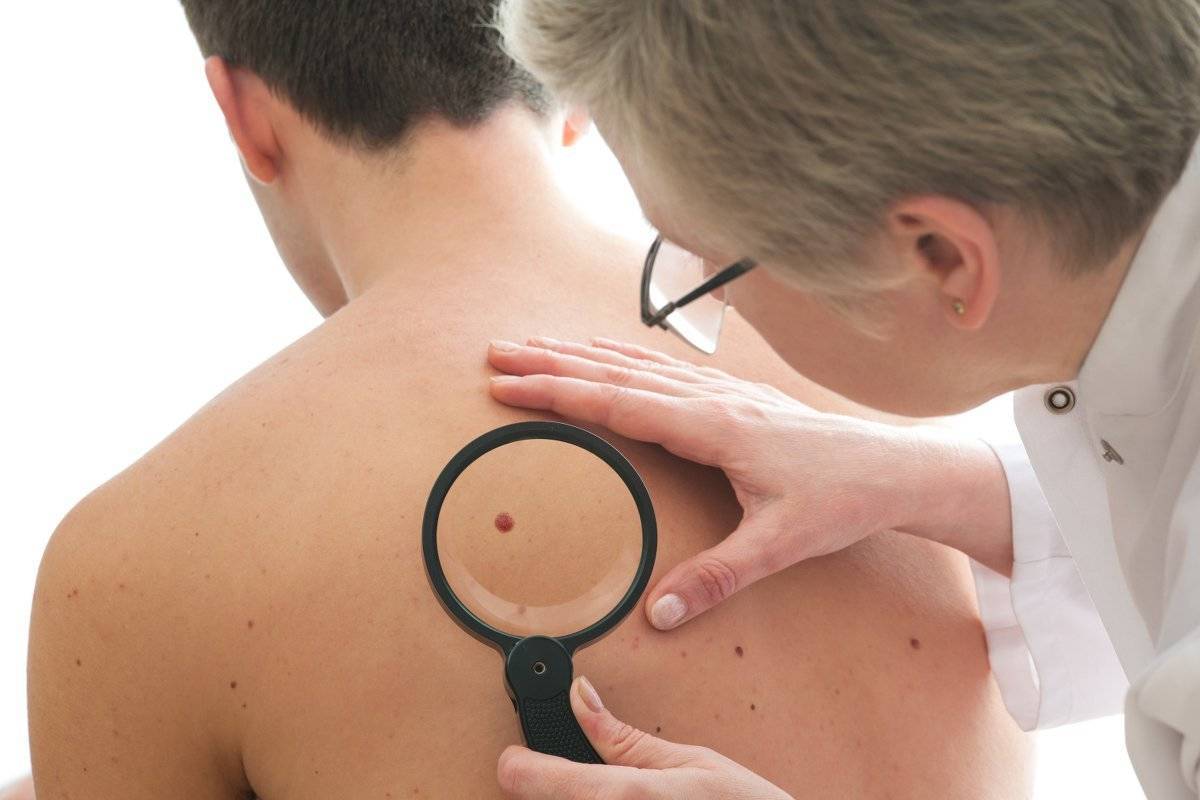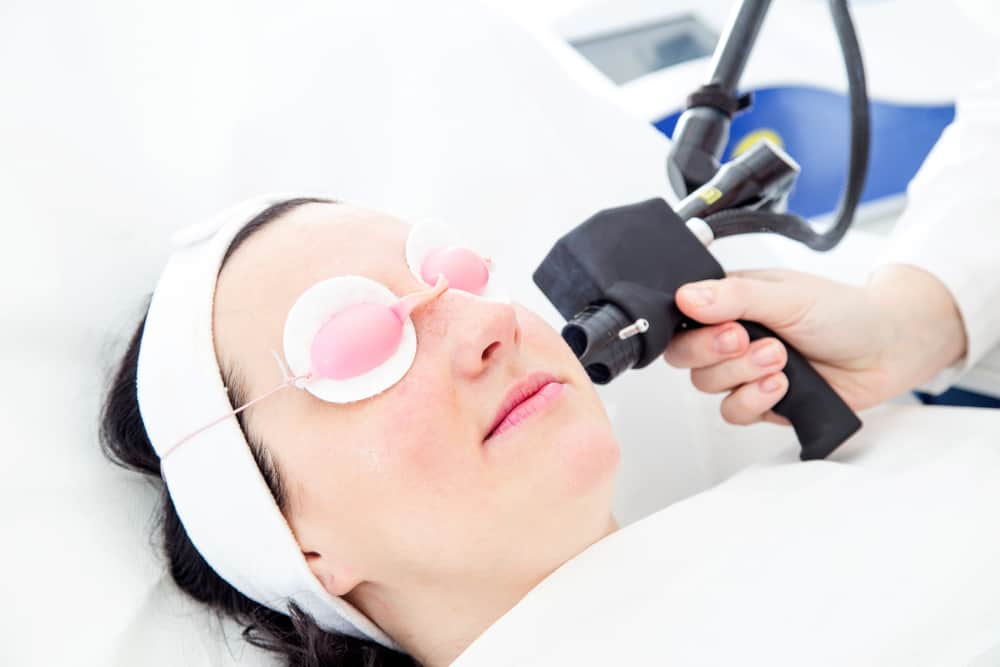Contents:
Medical Video: If You Have Moles on One of These Places, It Has Surprising Meaning
Try to pay attention to the mole you have. According to Chinese astrology, the position of the mole is important and can provide deeper insight into your personality, mental condition, future, and health. On the cheek, for example, shows that you have a fear of family commitment, or if it is parallel to the smile line, this position symbolizes potential danger later on. Under the eyes, is a sign that you are a very emotional person. Or above your eyebrows, you have sufficient financial stability.
Armed with this knowledge, according to Chinese astrology, you can prevent disasters and use them for success in life. However, of course there is no scientific evidence to support this claim. Well, from the health side, what does the medical world say about moles?
Moles of many kinds
The term mole is used to describe stains on the skin. Many also call it "beauty mark". The medical term is melanocytic naevus. Moles can have brownish, black, brownish pink like flesh, red, or matching skin color. They can be flat, blend with the surface of the skin, or arise, have hair, have a smooth or rough texture. Usually circular or oval with smooth edges, most moles are smaller than erasers on the tip of a pencil (about 1.25 cm).
Moles can arise in various areas of the body - the soles of the feet, hands, head, armpits, even the genital area - as a separate unit, or appear in groups in a certain area. Most people have around 10-40 moles, although the exact number will change throughout life.
Moles are a form of benign skin tumor
There are several types of abnormal skin growth that are commonly found in humans and include benign (non-cancerous) tumors. These conditions include freckles (brown spots on the face), skin tags, lentigo (age spots / sun spots / skin aging spots), seborrheic keratosis, and moles.
Moles occur when melanocytes, the skin-producing pigment cells, decide to cluster in one particular area - instead of spreading throughout the skin to provide a uniform tone of skin.
This condition usually appears first in the time before and during puberty. New moles can appear in the middle of age, and have an expiration date because they will disappear after the age of 40-50 years, or suddenly without you knowing it. Even so, scientists have not managed to understand the reason why moles can form or whether they have certain functions.
Why do people have more moles than others?
The genes that we inherit from parents, along with the amount of sun exposure we have (especially during childhood) are the main factors determining the number of moles that we have.
Moles can be present since birth or appear gradually in the future development of the baby. Many children who have developed moles since they were still in the form of a fetus in the uterus, continue until he is an adult. This condition is referred to as a congenital mole. Another possible reason, besides genetic factors, is from environmental influences such as sun exposure.
Skin that is in contact with sunlight more often, will tend to have more moles. However, moles can also arise in areas that are closed and protected, such as palms, soles of the feet, or buttocks.
Moles tend to darken in response to changes in body hormones, for example during puberty (darkening and multiplying themselves) and during pregnancy.
Moles can sometimes be a marker of skin cancer
Most moles are not dangerous, but in rare cases, they can become cancerous shoots. Reporting from the American Cancer Society, someone who has a lot of moles in the body is considered to be at greater risk of developing melanoma skin cancer than those who have flies fewer or no at all.
However, this allegation is refuted by a number of health studies, one of them by a recent study published in the journal JAMA Dermatology in March 2016. Reporting from STAT News, this study found that people who have more than 50 pieces of this birthmark have a very dramatic reduction in the risk of invasive melanoma. There is no perfect explanation for this finding, however, according to study chief executive Alan C. Geller, senior lecturer at the Harvard TH Chan School of Public Health in Boston, melanoma can arise with varying degrees of aggression in people who have different moles - different.
This study shows that a small amount of moles is not directly related to the risk of melanoma skin cancer, as well as growing hair, but the type of mole itself.
Characteristic of a potentially cancerous mole
Potentially cancerous moles, also called atypical moles, are usually asymmetrical with irregular, flat or slightly protruding edges, have several shades of color, and tend to be larger than 1.25 cm. In general, moles larger than the fist will carry the highest risk, and many symptoms of cancer begin in the area around the mole or other dark stains on the body. If you notice that there are more than 20-25 moles that have characteristics like this in your body, you have an overall increased risk of melanoma.
The presence of hereditary moles larger than 20-25 centimeters can also indicate an increased risk of this deadly skin cancer. Atypical moles are a signal of the potential for developing melanoma, especially in pale and bright white people.
People who have many atypical moles may find it difficult to monitor changes in their size, shape and color - especially because this type of mole can appear on the back or other places that are difficult to reach. However, not all melanomas will develop from pre-existing moles, and atypical moles themselves rarely turn into melanoma or cancer.
Monitoring moles, 'tompels', or other pigmented birthmarks is an important step to detect skin cancer, especially malignant melanoma. If you are worried about your mole - experiencing sudden enlargement, changes in physical characteristics, or bleeding - immediately visit a dermatologist to check the condition.
READ ALSO:
- Choose body butter or body lotion?
- Straw saunas, beer spas, to snake massage services, find here
- Napping in the office is not a sign of being lazy, you know!












